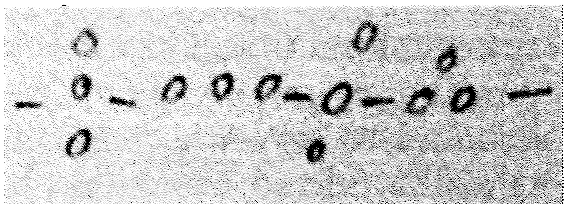Faraday to Peter Henry Berthon 13 July 1857
Old Buckenham | Norfolk. | 13 July 1857
Sir
Although the distance at which the 24 section holophotal light was observed at Blackwall was comparatively small yet it was quite sufficient to determine the point then under consideration, namely, the separation of the successive flashes by intervals of darkness1. As to the difference between a twelve & a twenty four section apparatus, equal in workmanship and supplied with the same central lamp it is dependant upon optical principals which cannot be altered by distance. A beam from the 12 section apparatus will have twice the power of a beam from the 24 section apparatus at equal distances from both whatever that distance may be. If the two apparatus revolve in a given time - 12 beams from the first & 24 from the second will pass a given place in that time. The duration of the light of each beam will be nearly the same but the light from the first will be of twice the intensity of that from the second - at the same time the dark periods of the first will be much longer than those of the second probably three times as long. But I think there can be no doubt that the light from the first will be far more penetrating & therefore better than that from the second[.] If the second apparatus is made to revolve in twice the time of the first then an equal number of beams will pass the same place on the horizon in the same time. As before they will be of only half the intensity of those from the first apparatus but they will endure for twice the time. Speaking therefore in respect only of Optical principles I should conclude that an apparatus of 12 sections would be much better for the Bishop rock lighthouse than one of 24 sections[.]
I am not prepared to speak with the same distinctness as to the comparison of a 12 section light and a Catoptric apparatus consisting of 36 lamps & reflectors arranged on 12 faces[.] The arrangement of the three reflectors at Blackwall was thus
 and such an arrangement is very good for preventing the interference of the currents from the upper & lower lamps, but as respects the light at a distance the effect will be the same whatever the position of the three lamps
and such an arrangement is very good for preventing the interference of the currents from the upper & lower lamps, but as respects the light at a distance the effect will be the same whatever the position of the three lamps
 provided the reflectors be close to each other & their axes parallel. There ought to be more light in the beam from three reflectors with their lamps than in the beam from a twelve section apparatus; for the amount of light in three good Argand lamps is between 2 & 3 times that which goes into & is sent forward by one of the twelve sections. But I have not my notes of the Blackwall Evening here2 & though I should be surprized if the 3 reflectors did not much surpass one section I am not sufficiently acquainted with the respective appearance of two such beams at a distance at Sea as to offer any opinion which can be of value in the presence of the experience & observation of the Elder Brethren3[.]
provided the reflectors be close to each other & their axes parallel. There ought to be more light in the beam from three reflectors with their lamps than in the beam from a twelve section apparatus; for the amount of light in three good Argand lamps is between 2 & 3 times that which goes into & is sent forward by one of the twelve sections. But I have not my notes of the Blackwall Evening here2 & though I should be surprized if the 3 reflectors did not much surpass one section I am not sufficiently acquainted with the respective appearance of two such beams at a distance at Sea as to offer any opinion which can be of value in the presence of the experience & observation of the Elder Brethren3[.]
I am | Sir | Your Obedient Humble Servant | M. Faraday
P.H. Berthon Esq | &c &c &c
Please cite as “Faraday3319,” in Ɛpsilon: The Michael Faraday Collection accessed on 28 April 2024, https://epsilon.ac.uk/view/faraday/letters/Faraday3319